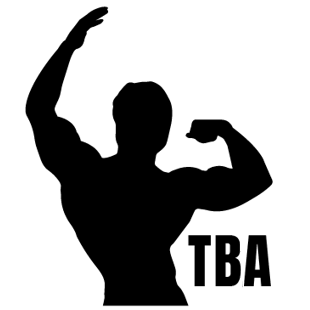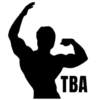Steve Reeves popularised the Reeves Deadlift in the 40s and 50s. The Reeves Deadlift is a variation in which you grip the plates instead of the bar. Steve credits the Reeves Deadlift for building his iconic v-taper frame.
Benefits
Grip strength
If grip and forearm strength is a weakness for you, the Reeves Deadlift could be a great option.
By gripping the plates, you can’t wrap your thumb around as you would with a bar. This puts strain on the forearm and hand muscles. If you’ve ever tried holding 45lb plates by the rim for a long period of time, you know how hard this is.
It’s reported that Steve could lift over 400lbs using this technique.
Upper back & traps
All deadlift variations are a good way of developing the upper back. The Reeves Deadlift has the added benefit of also targeting the traps, due to the wider grip. Steve would add a shrug at the top of each rep to further target the traps.
Shoulder rotation and rear delt
The conventional deadlift often causes people to rotate their shoulders and hunch over. By using a wide grip, the Reeves Deadlift forces you to keep a straight back. It’s also much harder to hunch your shoulders.
If you struggle with shoulder rotation when you deadlift, this could be a good accessory lift.
How To Perform The Reeves Deadlift
Load the bar with one 45lb (20kg) plate on either side.
Make sure the smooth side of the plate faces in (don’t use bumper plates).
Only add weight using smaller plates, not 45lbs. Adding larger plates increases the distance you need to stretch to grip the plates.
When you’re ready, start with feet shoulder-width apart and bend at the hips.
Grab the 45lbs plates on either side and perform a deadlift.
Start light and execute the movement with perfect form. Increase the weight as you feel more comfortable.



